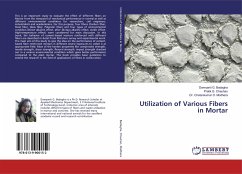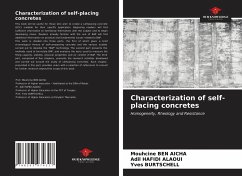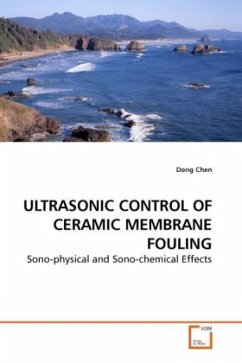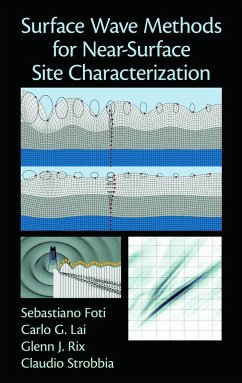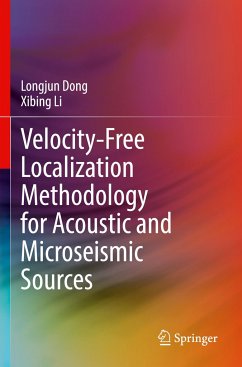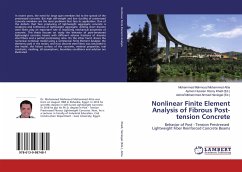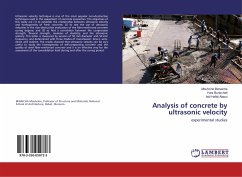
Analysis of concrete by ultrasonic velocity
experimental studies
Versandkostenfrei!
Versandfertig in 6-10 Tagen
24,99 €
inkl. MwSt.

PAYBACK Punkte
12 °P sammeln!
Ultrasonic velocity technique is one of the most popular non-destructive techniques used in the assessment of concrete properties. The objectives of this study are (1) to establish the relationship between ultrasonic velocity and homogeneity of fresh concrete; (2) to test the use of ultrasonic velocities in the non-destructive evaluation of the fiber-reinforced concrete curing degree; and (3) to find a correlation between the compressive strength, flexural strength, modulus of elasticity, and the ultrasonic velocity. This latter is measured by sensors of 50 mm diameter and 54 kHz frequency, an...
Ultrasonic velocity technique is one of the most popular non-destructive techniques used in the assessment of concrete properties. The objectives of this study are (1) to establish the relationship between ultrasonic velocity and homogeneity of fresh concrete; (2) to test the use of ultrasonic velocities in the non-destructive evaluation of the fiber-reinforced concrete curing degree; and (3) to find a correlation between the compressive strength, flexural strength, modulus of elasticity, and the ultrasonic velocity. This latter is measured by sensors of 50 mm diameter and 54 kHz frequency, and determined with three modes of transmission: direct, semi-direct and indirect. The results showed that ultrasonic velocity can be very useful to study the homogeneity of self-compacting concrete and the quality of steel fiber-reinforced concrete and it is an effective way for the assessment of the consolidation level during and after the curing period.




